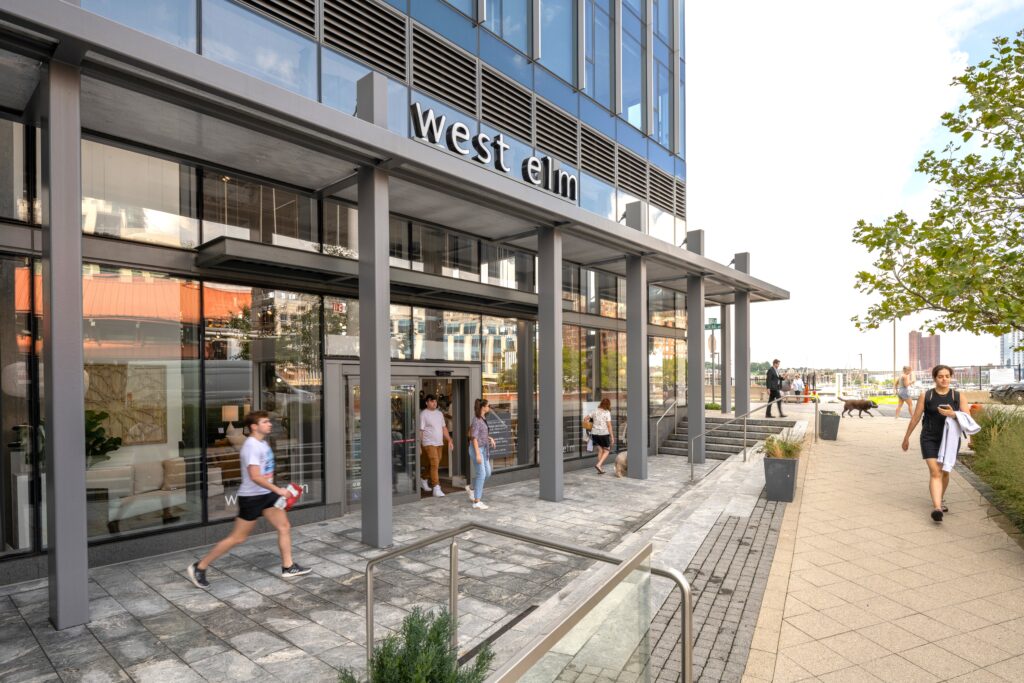June 12, 2024
Urban Planning for the Modern City: Lifestyle or Business?

The rise of urbanization calls for adaptation in the way we approach urban planning and development. Modern cities feature districts with distinct characteristics tailored to unique lifestyle preferences and activities. Deciphering whether an area would benefit more from a lifestyle-focused or business-centric district is beneficial in determining the success and longevity of new developments.
Spatial Differences
Lifestyle districts are distinguished by their mixed-use developments that prioritize walkability and accessibility. These areas combine residential spaces with a variety of amenities, such as cafes, shops, and parks, creating a cohesive community experience. In contrast, business districts are characterized by high-rise structures optimized for office space, accommodating a large influx of commuters through extensive public transportation networks, with less emphasis on recreational offerings.
Cultural and Social Dynamic
The social atmosphere of lifestyle and business districts is shaped by the amenities and experiences they provide. Lifestyle districts aim to create a culture that encourages community interaction through events, markets, and performances. This relaxed and inclusive atmosphere fosters a sense of belonging and higher satisfaction levels. Business districts, on the other hand, maintain a more formal pace focused on commerce and networking opportunities. However, there is a growing trend toward integrating leisure elements to promote a healthier work-life balance.
Population and Demographics
Lifestyle districts appeal to a broad spectrum of residents, from young professionals to families, making them ideal for residential and retail developments. The typical demographics are drawn to the area’s offerings and community-oriented amenities. Business districts tend to attract a workforce population with higher disposable incomes, making them well-suited for investments in commercial real estate, such as office spaces and corporate headquarters.
Purpose and Primary Use
By design, lifestyle districts integrate living, leisure, and commerce, creating cohesive communities rich in culture and quality of life. This approach caters to those seeking a balanced urban experience that combines convenience with a desirable lifestyle. Business districts are primarily used for economic activities, with a dense concentration of offices and professional services. These districts are tailored to facilitate business operations and networking, serving as the core of urban commercial life.
At Armada Hoffler, we recognize the unique value propositions of both lifestyle and business districts. As cities grow and change, striking the right balance between these distinct areas will be crucial in creating sustainable, vibrant, and functional urban environments that meet the diverse needs of the community.